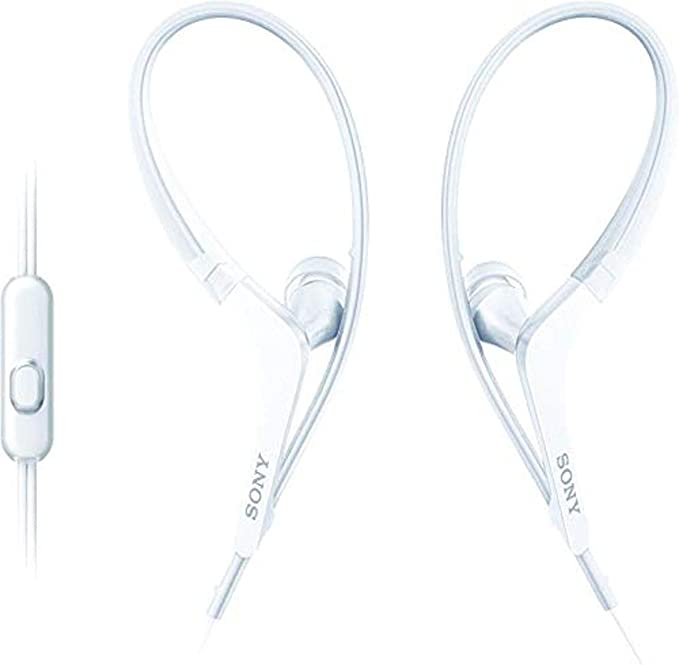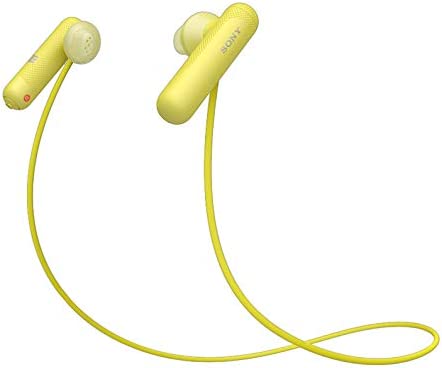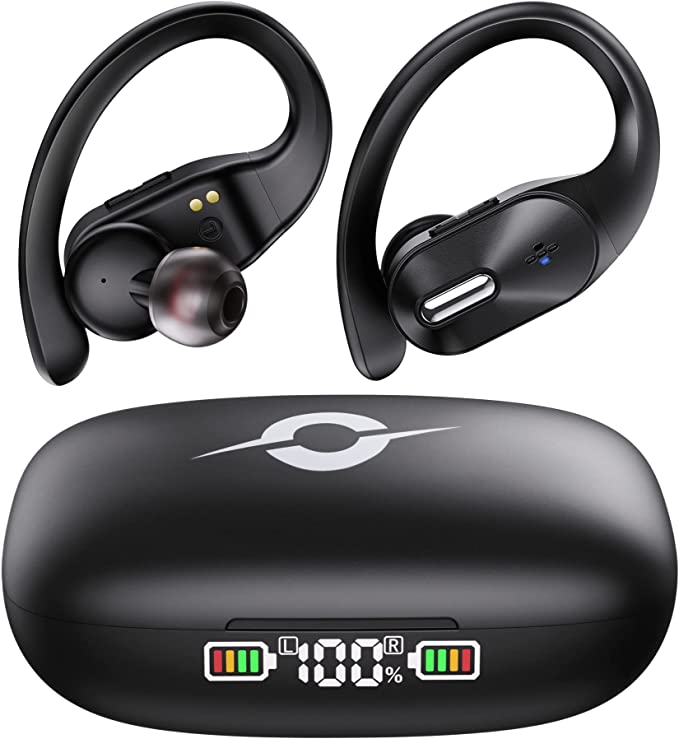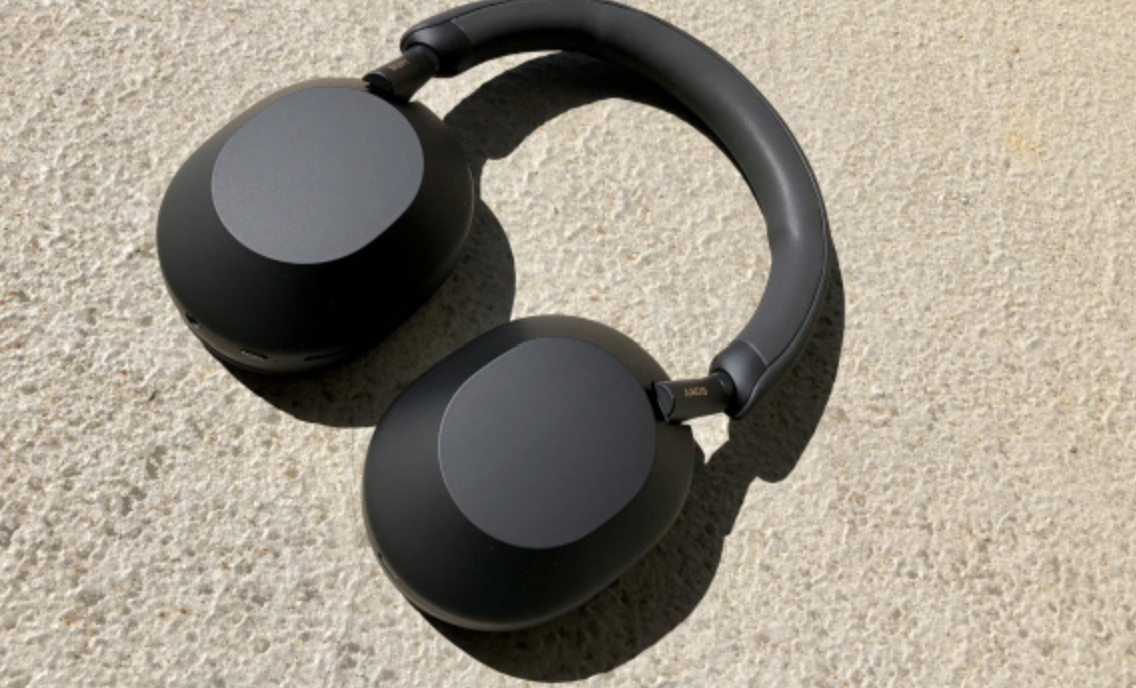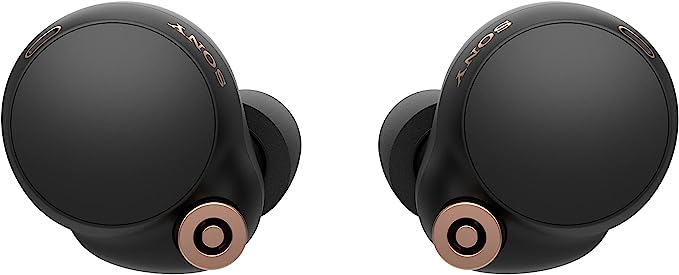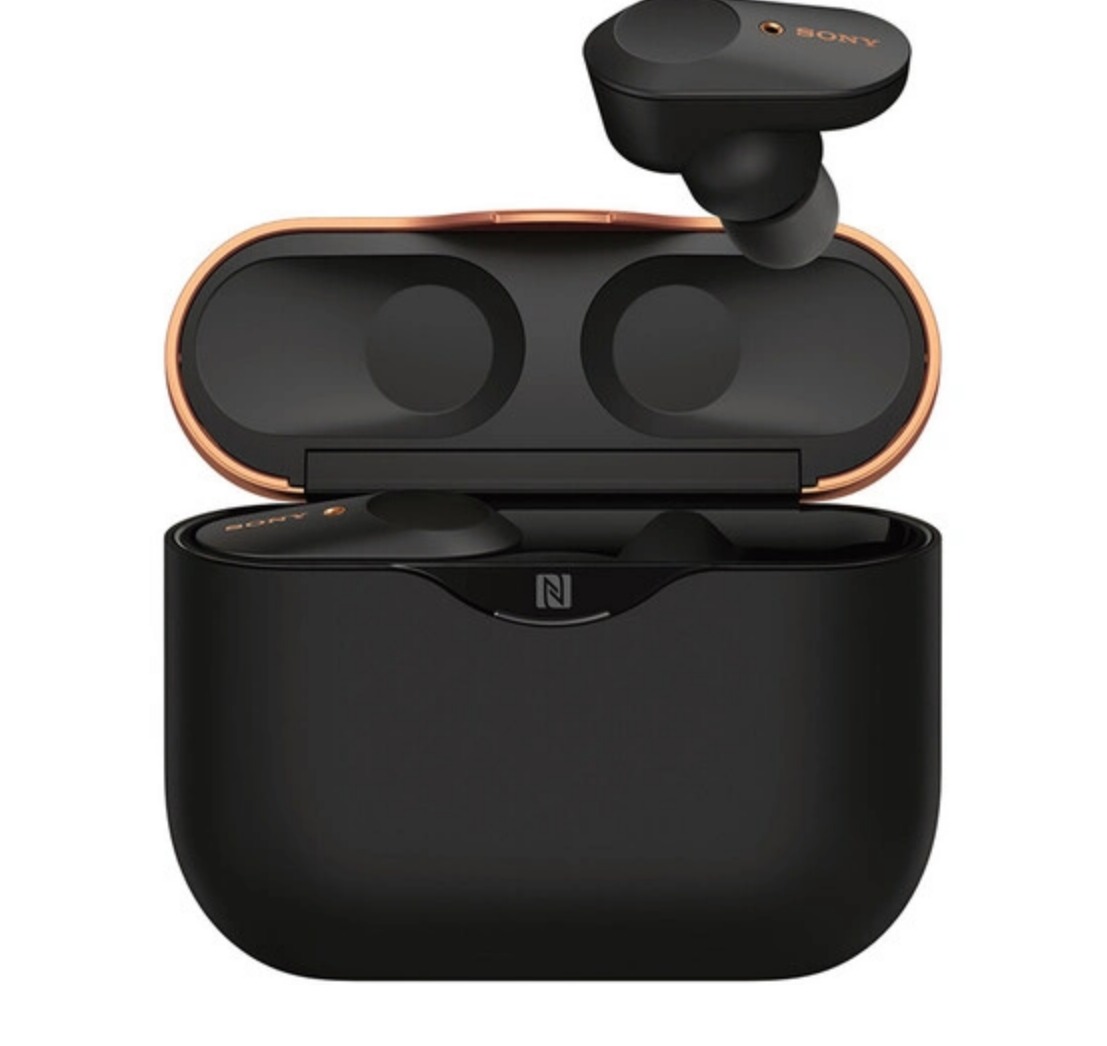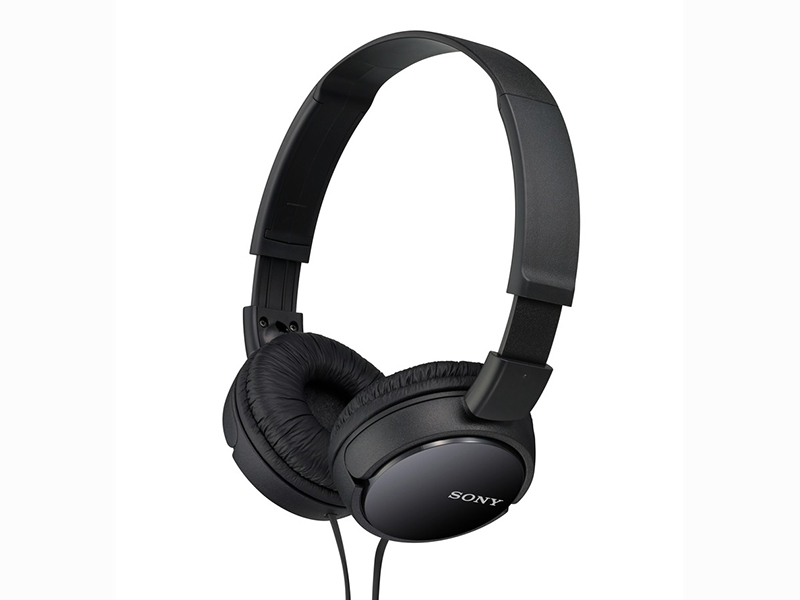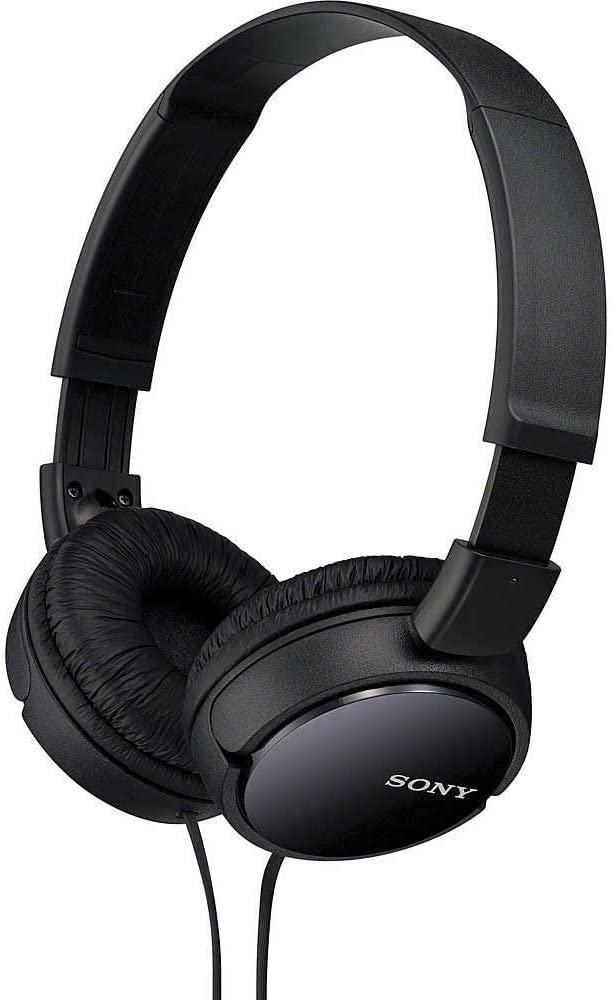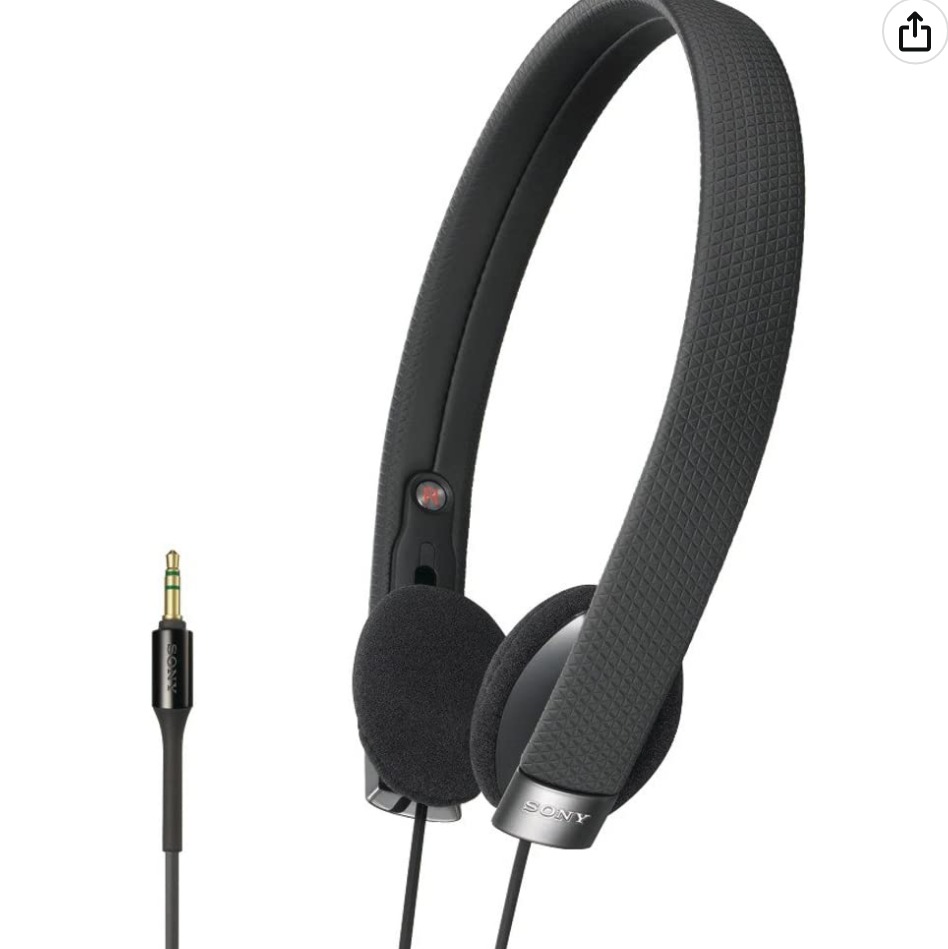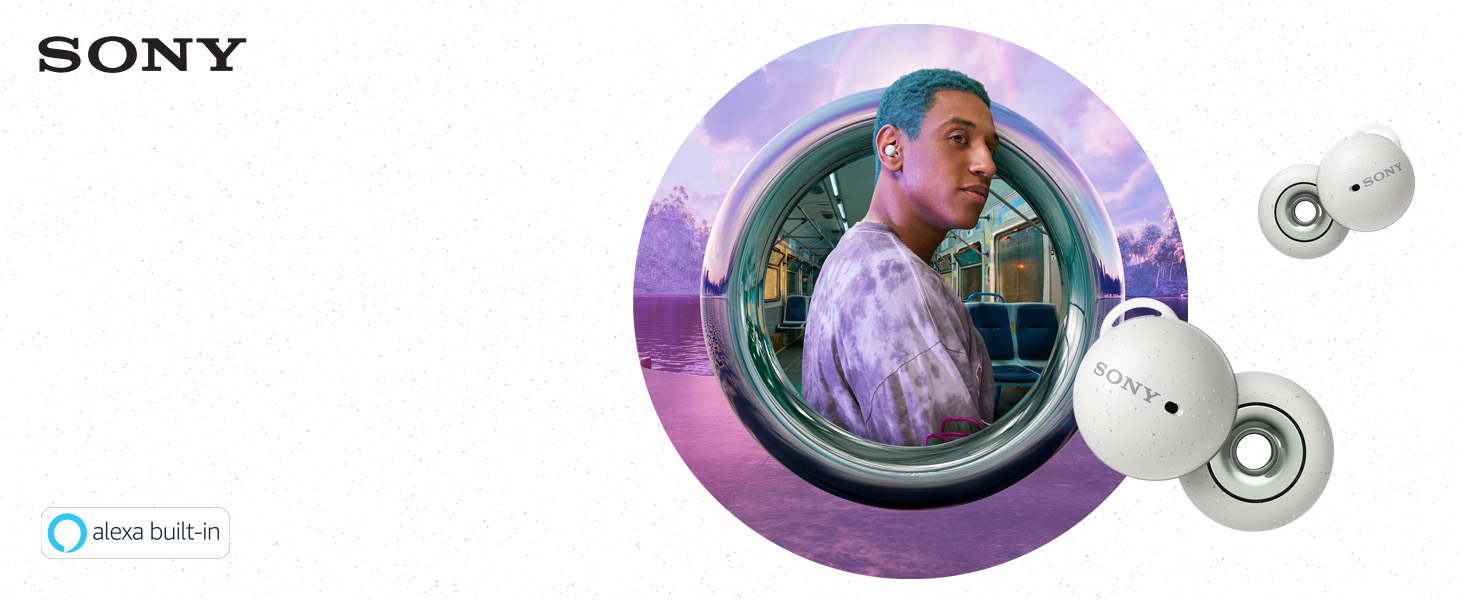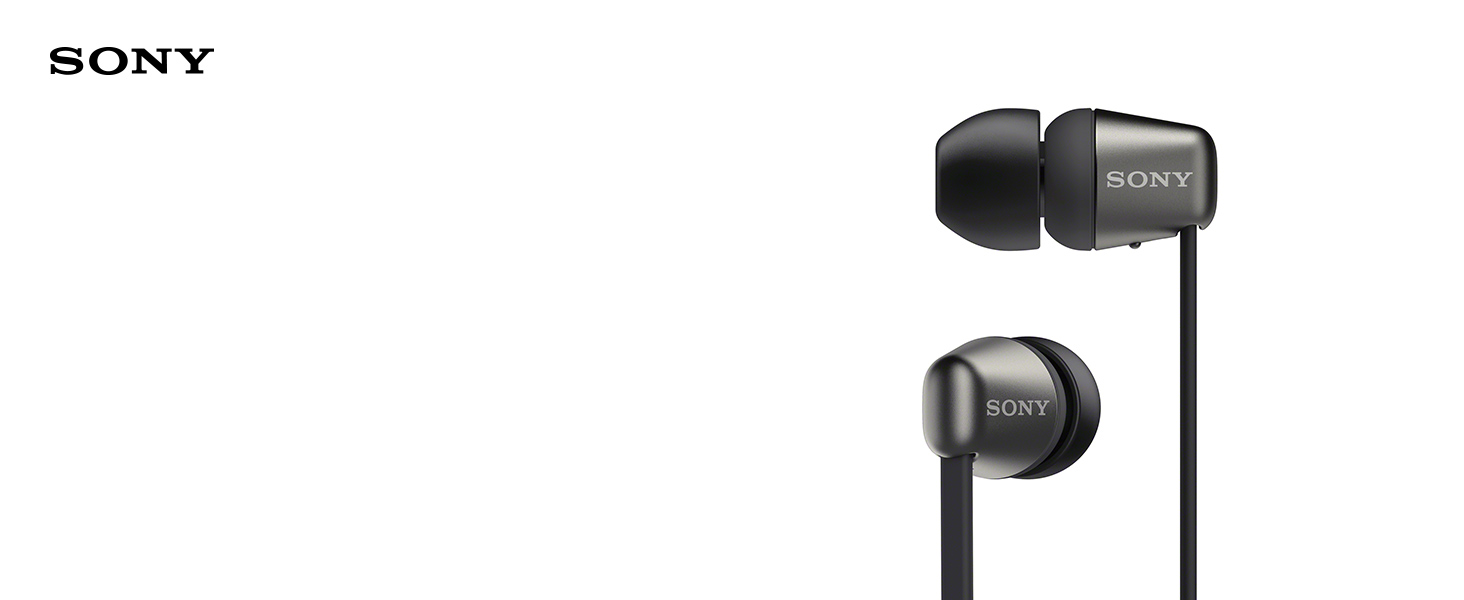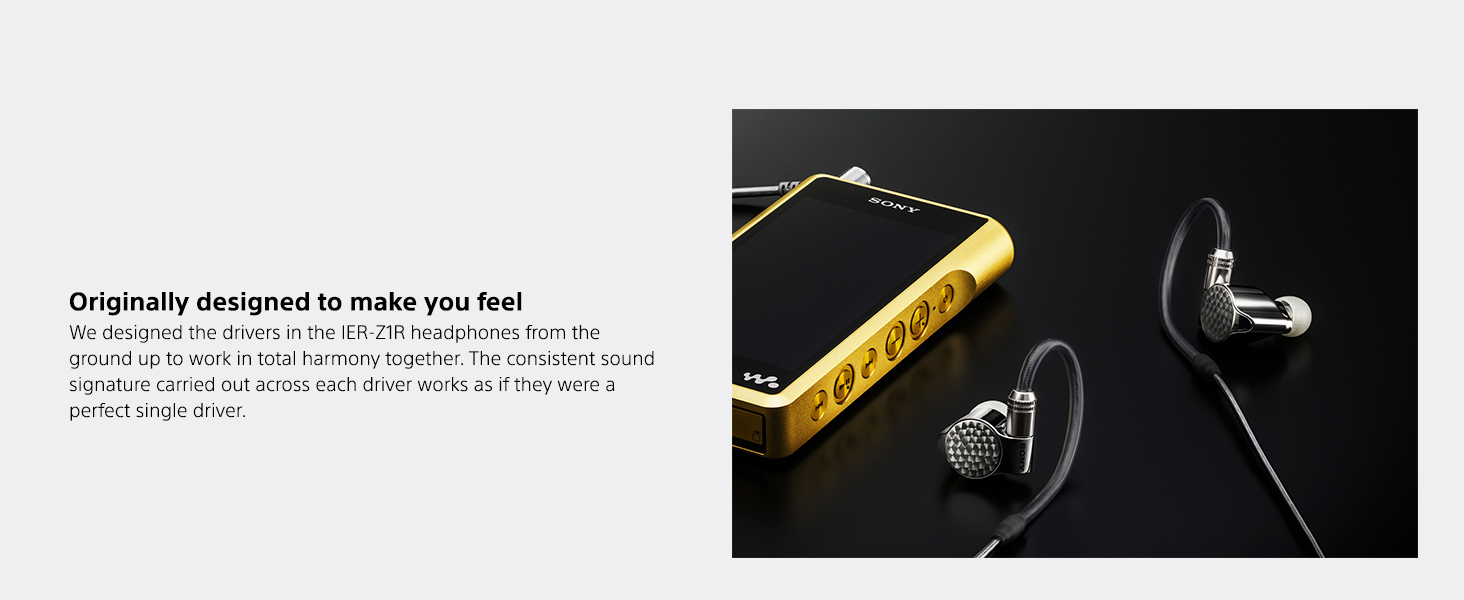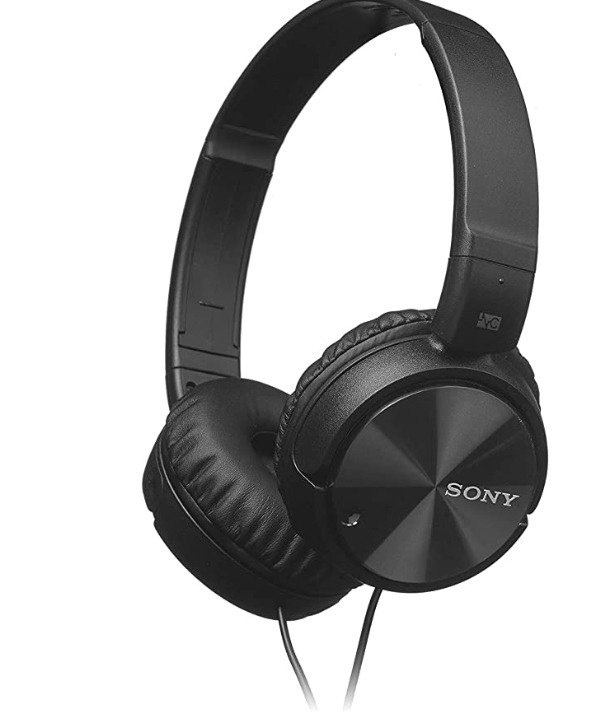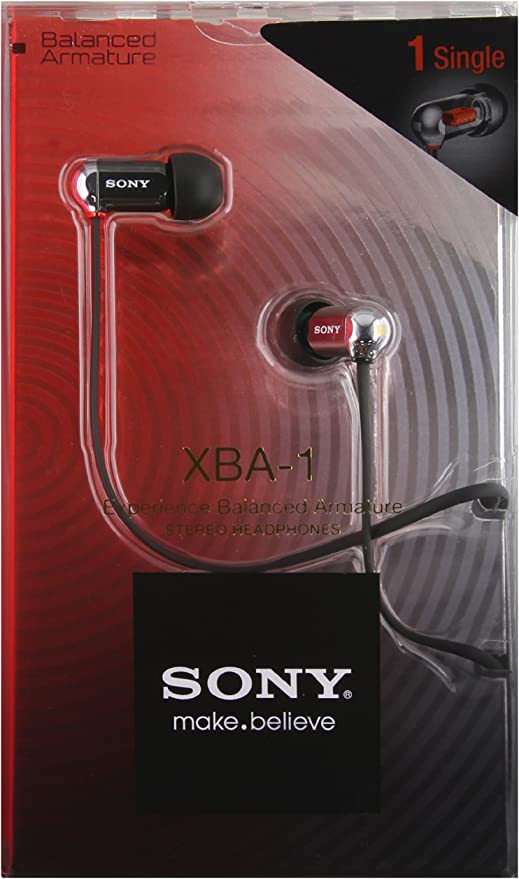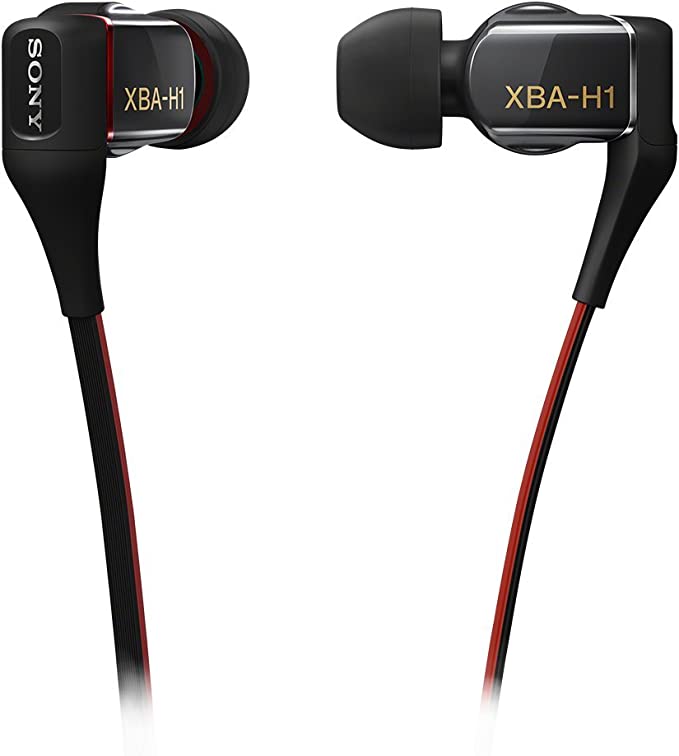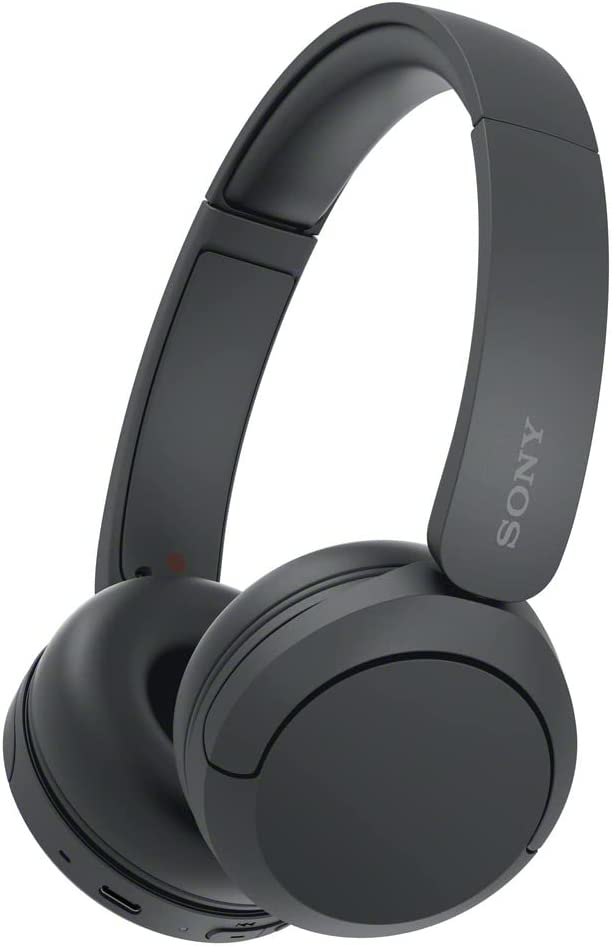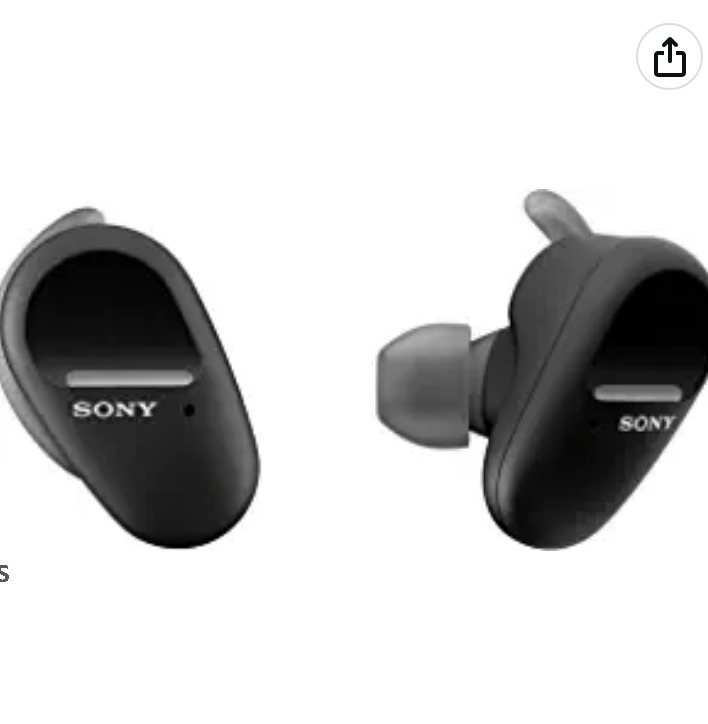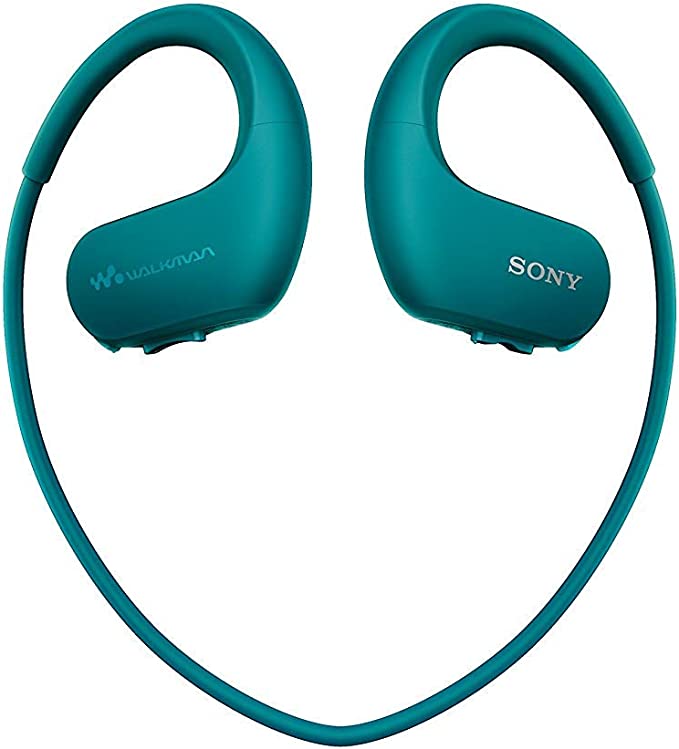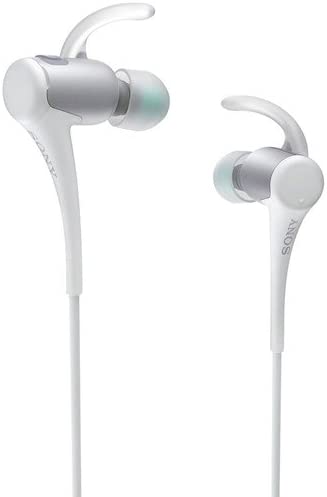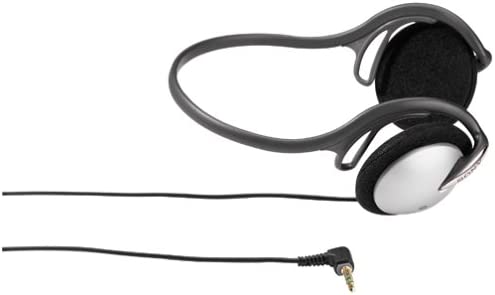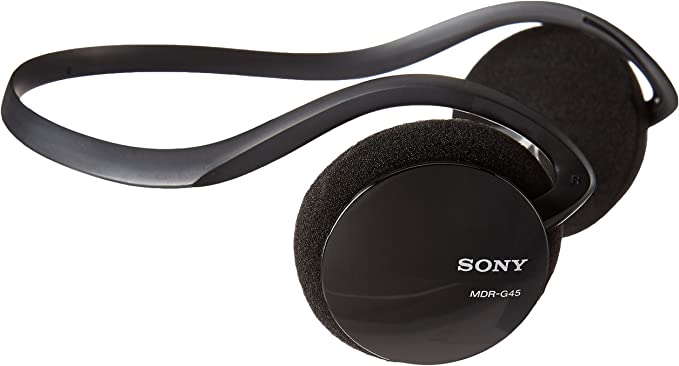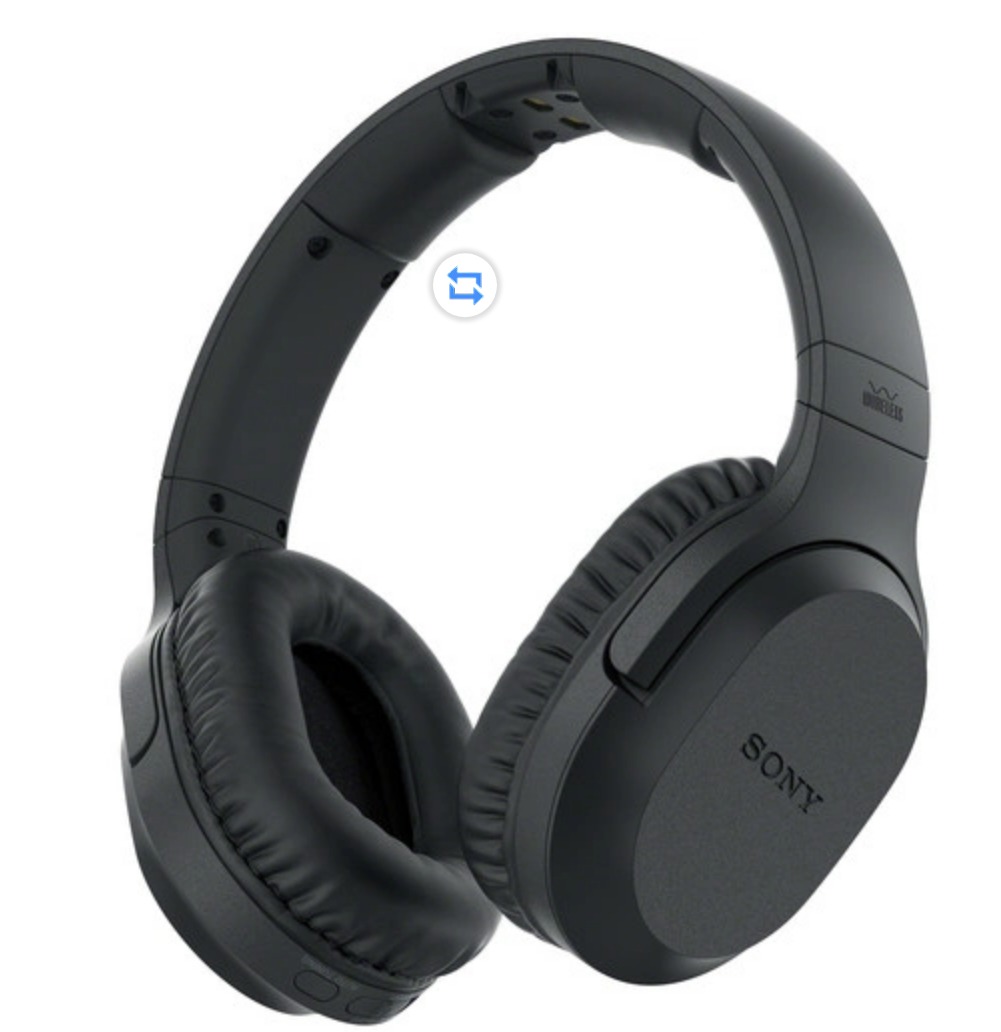Sony MDR-AS400EX: The Ergonomic Science Behind Staying Put During Your Workout
Update on April 25, 2025, 4:01 p.m.
Picture this: you’re hitting your stride on a morning run, the rhythm of your feet matching the beat pounding in your ears. The city is waking up, the air is crisp, and you’re in the zone… until suddenly, silence in one ear. That familiar, frustrating sensation – your earbud has worked its way loose and dangled precariously, or worse, hit the pavement. The flow is broken, the immersion shattered. Why does this seemingly simple task of keeping a small object in your ear prove so challenging when your body is in motion? What mischievous forces of physics are conspiring against your workout soundtrack?
This battle against gravity and motion is a fundamental challenge in wearable audio design, particularly for athletes. Long before the sleek, truly wireless buds of today became commonplace, engineers were grappling with this very problem. One notable attempt from Sony, dating back to around 2013, was the Sony MDR-AS400EX Sports In-ear Headphone. While this specific model, often noted as a “Japan model” in listings and now marked as “currently unavailable” according to the provided Amazon source information, might seem like a relic from a different tech era, its design offers a fascinating window into the science and engineering deployed to keep the music playing, no matter how intense the workout. Let’s dissect this artifact, not as a product review, but as an exploration of the enduring principles of secure fit and audio delivery in the demanding world of sports.

Wrestling with Gravity and Motion: The Mechanics of Ear Loops
Exercise is a dynamic affair. Every footfall sends shockwaves through your body. Your head bobs and turns. Sweat acts as an unexpected lubricant. All these factors exert forces on your earbuds – downward pulls from gravity, inertial forces from acceleration and deceleration, tugs from the cable (in wired models), and a reduced grip due to moisture. Keeping an earbud securely in place requires actively counteracting these forces.
The most striking feature of the MDR-AS400EX is its adjustable ear loop. This isn’t just a cosmetic flourish; it’s a direct mechanical countermeasure. Think of it like the arm of a pair of eyeglasses, but designed for a more turbulent environment. The loop hooks over the complex cartilage structure of your outer ear, known as the pinna. From a physics perspective, the pinna acts as a fulcrum. The ear loop, when tensioned correctly, exerts a gentle upward and inward force, creating a counter-torque that opposes the forces trying to pull the earbud down and out. It’s a miniature lever system engaged in a constant tug-of-war against gravity and momentum.
The “adjustable” aspect is crucial. Human ears are incredibly diverse in size, shape, and cartilage stiffness. A one-size-fits-all loop would inevitably fail for many. The ability to adjust the loop’s curve and tension allows the user to (ideally) find a sweet spot – snug enough to provide stability, but not so tight as to cause discomfort or pressure points during extended wear. This design attempts to bridge the gap between a universal product and individual anatomical variation.
However, the real world often presents challenges that elegant engineering solutions can’t entirely overcome. The provided source material indicates mixed user feedback on the effectiveness of these loops (contributing to an average 3.0 out of 5-star rating). Some users reportedly found them secure and comfortable, validating the design principle. Others, however, felt the loops offered “absolutely no support” or found they “stick out ridiculously.” This disparity underscores the profound challenge of ergonomic design for the human body: what works perfectly for one ear shape might be ineffective or awkward for another. It’s a testament to the fact that designing for the diverse landscape of human anatomy is perhaps the ultimate engineering puzzle.
The Unsung Hero: Why Ear Tips Do More Than Just Plug Your Ears
While the ear loops aim to provide the primary anchoring, the humble silicone ear tip plays a vital, multifaceted role. The MDR-AS400EX, like most in-ear headphones, reportedly came with multiple sizes of these tips. Their function goes far beyond simply blocking the ear canal.
Firstly, they contribute significantly to physical stability. A correctly sized tip fits snugly within the ear canal opening and the concha (the bowl-shaped part of the outer ear), maximizing surface contact. This generates friction, which directly resists the forces trying to dislodge the earbud. Think of it as adding more grip points inside the ear. The soft, pliable nature of silicone allows it to conform to the unique contours of the ear canal, enhancing this frictional hold.
Secondly, and critically for audio quality, the ear tip is responsible for creating an acoustic seal. This is paramount for in-ear headphone performance, especially concerning low frequencies (bass). Imagine trying to appreciate the deep rumble of a bass guitar in a room with all the windows open – the sound energy dissipates. Similarly, an in-ear headphone needs a sealed chamber between the driver and your eardrum to effectively transmit low-frequency sound waves. Air leaks caused by a poor seal allow bass energy to escape before it reaches the eardrum, resulting in sound that can be perceived as thin, tinny, or lacking impact.
This acoustic principle directly connects to user feedback mentioned in the source material. One reviewer noted a lack of bass, requiring EQ adjustments to compensate. Another described the highs as “a bit sloppy.” While driver quality itself plays a role, an inconsistent or poor seal is often a primary culprit for such perceived audio deficiencies, especially the lack of bass. If the combination of the ear loop and the selected ear tip didn’t achieve a reliable seal for a particular user, especially during the dynamic movements of exercise, compromised bass response would be an almost inevitable consequence. Selecting the right tip size isn’t just about comfort; it’s about laying the acoustic foundation for the entire listening experience.
The Art of Compromise: Balancing Stability, Comfort, and Sound
Designing any product involves making choices and accepting trade-offs, and sports headphones are no exception. The quest for the “perfect” sports earbud often involves navigating a complex triangle of competing priorities:
- Stability: The absolute necessity to stay in place during intense activity.
- Comfort: The ability to be worn for extended periods without causing pain or pressure.
- Audio Quality: Delivering an engaging and accurate sound experience.
Optimizing one of these factors can sometimes negatively impact another. For instance, an extremely tight-fitting ear loop or overly large ear tip might offer maximum stability but could become uncomfortable over time due to excessive pressure on the ear cartilage or canal. Conversely, prioritizing supreme comfort with a very loose fit might lead to instability and poor acoustic seal, sacrificing both secure fit and bass response. Furthermore, the physical constraints imposed by integrating stability features like ear loops might limit the space available for acoustic chamber design or driver placement, potentially impacting sound quality independently of the seal.
Looking at the MDR-AS400EX design through this lens – with its prominent adjustable loops and the reported mixed feedback on both fit security and sound (particularly bass) – suggests a design that likely prioritized stability as its primary goal. The adjustable loops were its main weapon in this fight. The resulting comfort and audio performance, however, appear to have been more variable, heavily dependent on achieving that elusive perfect fit for each individual user’s ear anatomy and their ability to maintain that fit during exercise. This highlights a fundamental truth: in engineering, especially when interacting with the human body, ideal solutions are rare, and thoughtful compromise is often the key.

Surviving the Sweat: Durability and Practical Details
Beyond staying put and sounding decent, sports headphones face another adversary: the demanding environment of exercise itself. Chief among these environmental challenges is sweat. Human sweat isn’t just water; it contains salts, acids, and oils. Over time, these components can potentially corrode sensitive electronic components, degrade certain plastics, and make surfaces slippery. Therefore, a basic level of sweat resistance is non-negotiable for any product marketed for sports.
While one user review in the provided source boldly claimed the MDR-AS400EX was “waterproof,” the official product information supplied does not specify an Ingress Protection (IP) rating. IP ratings (like IPX4, IPX7, etc.) are standardized measures quantifying resistance to dust and water intrusion. Without such a rating, we can only infer that the design likely incorporated basic measures against sweat ingress – perhaps through material selection, seam sealing, or protective coatings – but the actual level of protection remains unverified based solely on the provided text. It’s crucial to distinguish between anecdotal claims and certified specifications.
The MDR-AS400EX incorporated other practical details aimed at the active user. Its lightweight design (0.32 ounces / ~9 grams) is significant; lighter objects have less inertia, meaning they are less likely to be dislodged by sudden movements and contribute less to wearer fatigue. The 90-degree angled 3.5mm connector is a small but important ergonomic and durability feature. Compared to a straight plug, it reduces the strain on the cable where it meets the device, making it less prone to bending damage, especially when the device is in a pocket during movement. The gold plating on the connector aims to resist corrosion and ensure a reliable electrical connection over time.
The source also mentions a “tangle-free-cord” as a special feature and notes an included adjustable clothing clip. While the specific mechanism making the cord “tangle-free” isn’t detailed (common approaches include flat cable profiles, specific materials, or serrated textures to reduce friction), the intent is clear: to minimize cable frustration during activity. The clothing clip serves a dual purpose: it helps manage cable slack, preventing annoying bouncing, and can reduce microphonics – the unwanted noise transmitted up the cable from rubbing against clothing (the ” stethoscope effect”). These seemingly minor details collectively contribute to a more seamless user experience during exercise.
A Snapshot in Time: The MDR-AS400EX in the Evolution of Sport Audio
To fully appreciate the design choices of the Sony MDR-AS400EX, it helps to place it in its historical context – around 2013. This was still predominantly the era of wired headphones. True Wireless Stereo (TWS) earbuds were nascent or non-existent for the mainstream market. Athletes primarily relied on wired solutions, bringing inherent challenges: cables snagging on clothes or equipment, the aforementioned microphonics, and the physical tether to a music player.
The MDR-AS400EX, therefore, represents a focused attempt to solve the stability problem within the constraints and paradigms of wired audio technology. The adjustable ear loop was a direct, mechanical approach to anchoring the earbuds against the forces encountered during exercise, compensating for the lack of sophisticated electronic stabilization or custom-molded fits seen today. It was a tangible solution to a tangible problem, built with the materials and manufacturing techniques prevalent at the time.
Comparing it to modern sports audio reveals how dramatically the landscape has shifted. TWS earbuds eliminate the cable entirely, removing a major source of snags and microphonics. Advanced sensor technology (accelerometers, gyroscopes) in some premium models can even detect fit and provide feedback. AI-driven algorithms can personalize sound profiles, and sophisticated materials offer higher IP ratings for water and dust resistance.
Yet, the fundamental challenges addressed by the MDR-AS400EX – achieving a secure and comfortable fit on diverse ears, delivering good sound despite motion, and resisting the rigors of exercise – remain relevant. The methods have evolved, becoming more integrated, miniaturized, and digitally enhanced, but the core problems persist. The MDR-AS400EX stands as a testament to an earlier phase of this ongoing engineering endeavor.
Echoes of Design: Lessons Learned from an Earlier Era
The Sony MDR-AS400EX, though now a product of a previous generation and marked as unavailable in the source material, offers more than just a nostalgic glimpse into past technology. Its design, born from the necessity to solve the specific problems of wired sports audio, encapsulates enduring engineering principles. It reminds us of the intricate interplay between physics, ergonomics, and acoustics required to make technology seamlessly integrate with the active human body.
The adjustable ear loops tell a story of battling gravity and inertia through mechanical leverage. The reliance on ear tips highlights the crucial role of friction and the acoustic imperative of a proper seal, especially for satisfying bass reproduction. The mixed user feedback serves as a potent reminder of the immense challenge posed by human anatomical diversity – a challenge that engineers continue to tackle with increasingly sophisticated tools, yet never fully conquer. The practical considerations like the angled plug and cable clip underscore the importance of attending to the small details that significantly impact user experience in demanding scenarios.
While technology marches forward, offering wireless freedom, adaptive fits, and enhanced durability, the core questions faced by the designers of the MDR-AS400EX echo in today’s labs and design studios. How do we make wearables truly wearable during intense activity? How do we deliver immersive sound when the listener is in constant motion? How do we balance performance, comfort, and durability within practical constraints?
Looking at the MDR-AS400EX isn’t just about examining an old headphone; it’s about appreciating the iterative nature of design and the timeless scientific principles that underpin even the most seemingly simple pieces of technology we use to enhance our lives, whether we’re chasing a personal best on the track or simply enjoying a beat on the go. It’s a reminder that every solution, elegant or imperfect, builds upon the lessons of the past.
